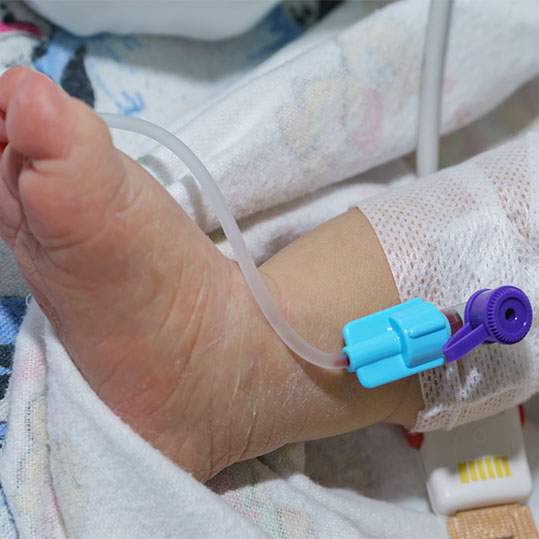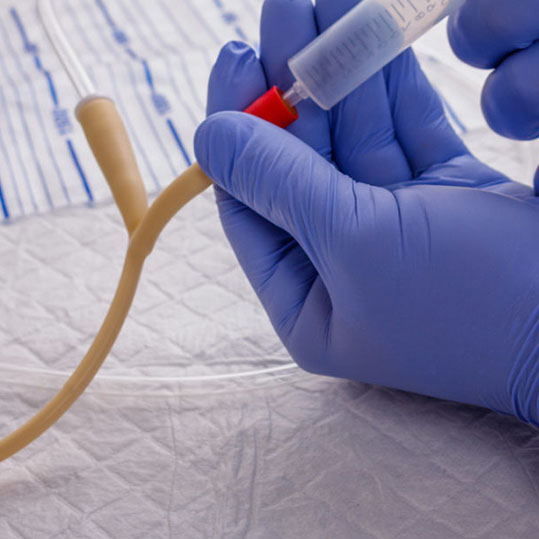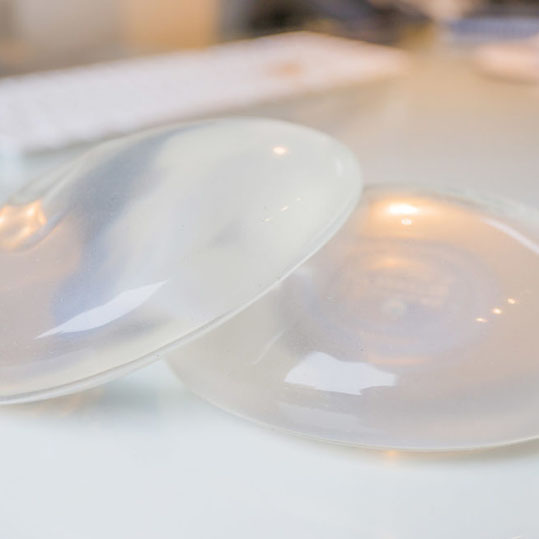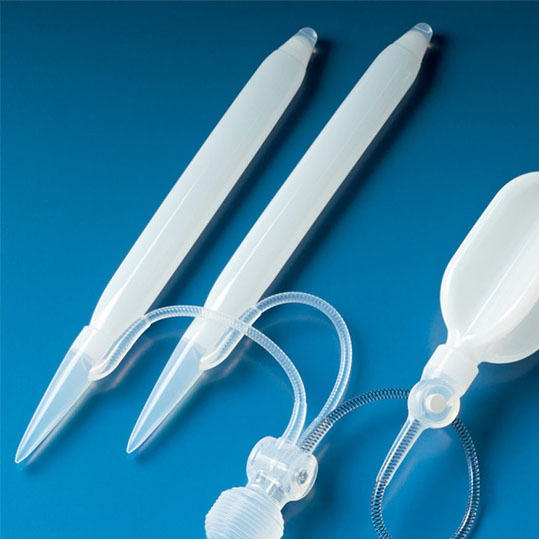Biofilm & Medical Devices
With the progress of medical sciences, more and more medical devices and/or artificial organs are applied in the treatment of human diseases.
However, this has also increased infections related to these devices. It has been reported that the vast majority, if not all, of the medical devices or prostheses may result in biofilm infections.


Intravenous Catheters
Virtually all-indwelling central venous catheters are colonized by microorganisms embedded in a biofilm matrix. The organisms most commonly isolated from catheter biofilms are Staphylococcus epidermidis, S. aureus, Candida albicans, P. aeruginosa, K. pneumoniae, and faecalis. These organisms originate from patient’s skin microflora, exogenous microflora from health-care personnel, or contaminated infusates.

Urinary Catheters
Urinary tract infections are the most frequently occurring infections. Catheter-associated urinary tract infection (CAUTI) is the most common nosocomial infection comprising >40% of all institutionally acquired infections. The urgent need to combat CAUTI has been recognized universally. In spite of the best efforts, an effective agent to prevent catheter related urinary tract infections has so far not been identified.

Breast Implants
Breast implants have had a long association with bacteria and more recently biofilms. Recent statistics show as many as sixty-thousand patients a year experience capsular contracture with Breast Implants in the United States alone. It’s the most common complication of aesthetic and reconstructive breast implant surgery. The nearly 20 percent of patients who develop capsular contracture will see signs of breast firmness, shape distortion, and sometimes pain within the first two years of breast implant surgery.

Penile Implants
Biofilm formation has consistently been demonstrated in association with infected penile prosthetic material. Clinically non-infected patients undergoing revision for mechanical malfunction have a surprisingly high rate of positive intraoperative cultures. After revision replacement prostheses have a higher rate of postoperative infection than first time implants. These prosthetic devices can be associated with a variety of complications of which infection is the most catastrophic.
